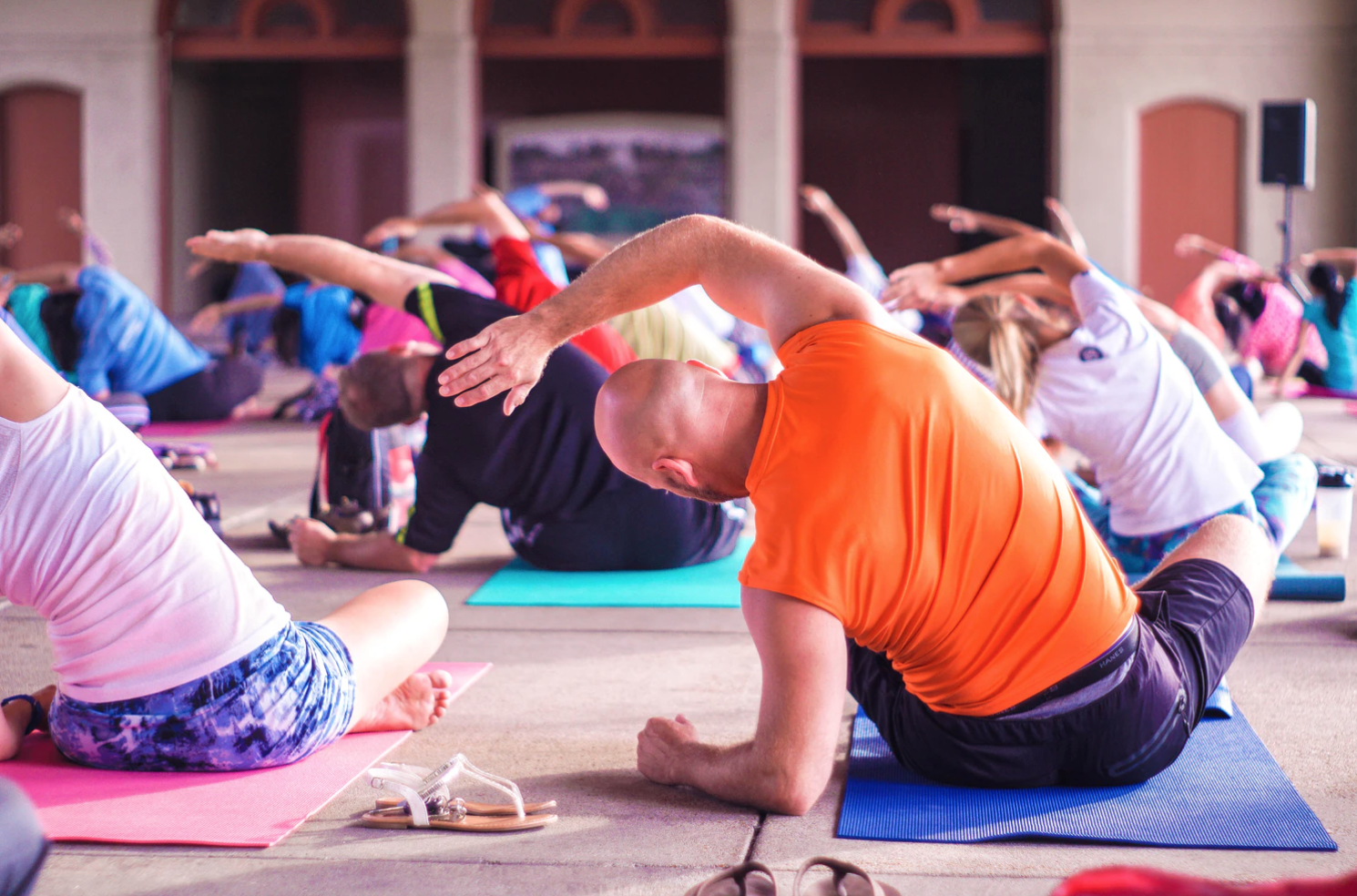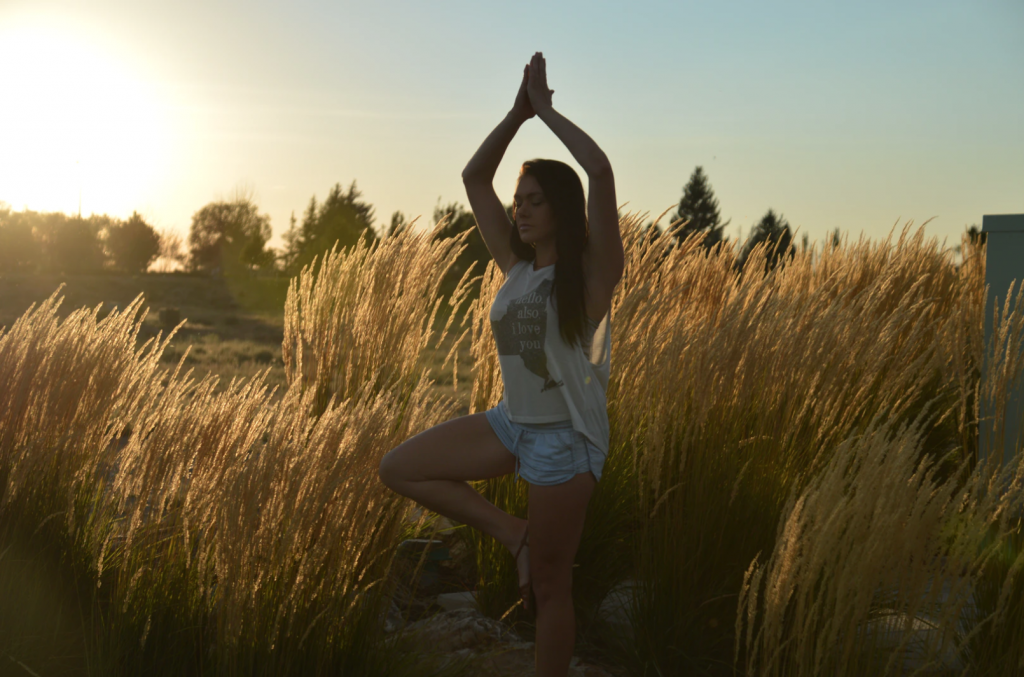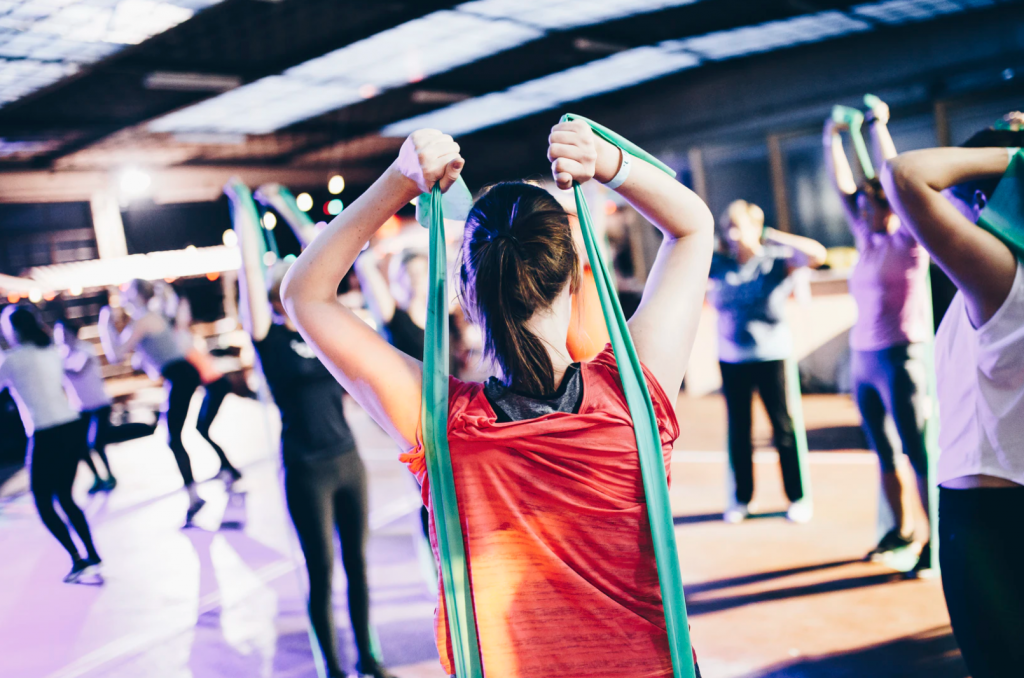
It’s an exciting idea to think of a yoga mat as a prescription for fibromyalgia. This debilitating condition affects about 10 million Americans (obviously more worldwide) every year. It is often misdiagnosed and consequently mistreated and can lead to years of chronic pain, depression, and loss of quality of life. Fortunately, with better diagnostics and more alternative solutions available, many are finding that an asana yoga practice can be part of the path toward relief.
And it makes sense. When you’re on your yoga mat, you’re focused on your breath, a key to relaxing muscles. When the muscles of a fibromyalgia patient are in acute response, they tighten, like a cramp, or simply project pain through the whole body. A focused breathing routine takes those short, raspy breaths so commonly associated with pain, and transforms them into slow, deep, restorative breathing that not only oxygenates the blood but loosens muscle tissue. And loosening muscles is a key to pain relief.

If you think about what happens to muscles in pain, you’ll realize they contract, kind of like when you get a muscle cramp. Too much of this, and the muscles want to stay that way: short and tight. Focused breathing helps to release these muscles – and then you’re on to actively lengthening them.
In a supported posture on your yoga mat, you begin with the breath. Then you move on to stretching the muscles causing pain. For fibromyalgia sufferers, this is best done with the guidance of an instructor who understands the pain. Exceeding your capacity can be counterproductive, so with the help of an excellent yoga instructor, you can learn your limits and understand how to stretch without causing an acute response. This is an essential consideration if you are experiencing something that you think is out of control. With an appropriate calming response and yoga stretches, I could return back to a place of balance and harmony.
According to researchers, many yoga poses are capable of relaxing muscle tension and improving body awareness, but how much they affect fibromyalgia is not well-understood. In 2010, a team of researchers (from the University of Michigan and University of Iowa) began conducting a study to examine the effects of yoga on fibromyalgia. Their results helped tease out the connection between yoga and fibromyalgia. Although no specific yoga methods were found to be helpful for fibromyalgia, the authors found some similarities between yoga and typical treatments for other chronic pain disorders. Specifically, the authors observed that the type of yoga they studied is mostly therapeutic, that it’s very safe, and that people did report improvements in pain and more regularity in their yoga practice.

Many poses are helpful for those trigger points common to so many fibromyalgia sufferers. Almost half of the trigger points used in diagnostics are in the back and neck, and many yoga poses focus on stretching these neglected areas of the body. Uttanasana, or forward fold, is a simple stretch and can easily be modified to meet the needs and limitations of a patient in pain. It stretches the lower back and challenges the spine to move consciously. Moving in the opposite direction, the Bridge pose flexes the spine and invites a challenge to the arms and thighs as well as the spine. Downward dog is a simple yet interesting yoga pose, giving a strong stretch to the hamstrings. The child’s pose gently stretches the shoulders, shoulder blades, and lower back. It can easily be modified to make it a better option for anyone in pain. The easy pose (sitting cross-legged) is a basic stretch and can also be modified to help everyone with pain. There are myriad other poses that focus specifically on areas sensitive to pain and contraction, and the right yoga instructor will be able to teach these with modifications and patience.
If you suffer from chronic pain, muscle cramping, and general fatigue, using your yoga mat might be one step you can take toward a little relief – maybe even a lot of comfort. If you’re looking for an effective, gentle way to reduce pain and tightness in your muscles each day, incorporating some basic yoga poses is a great option.